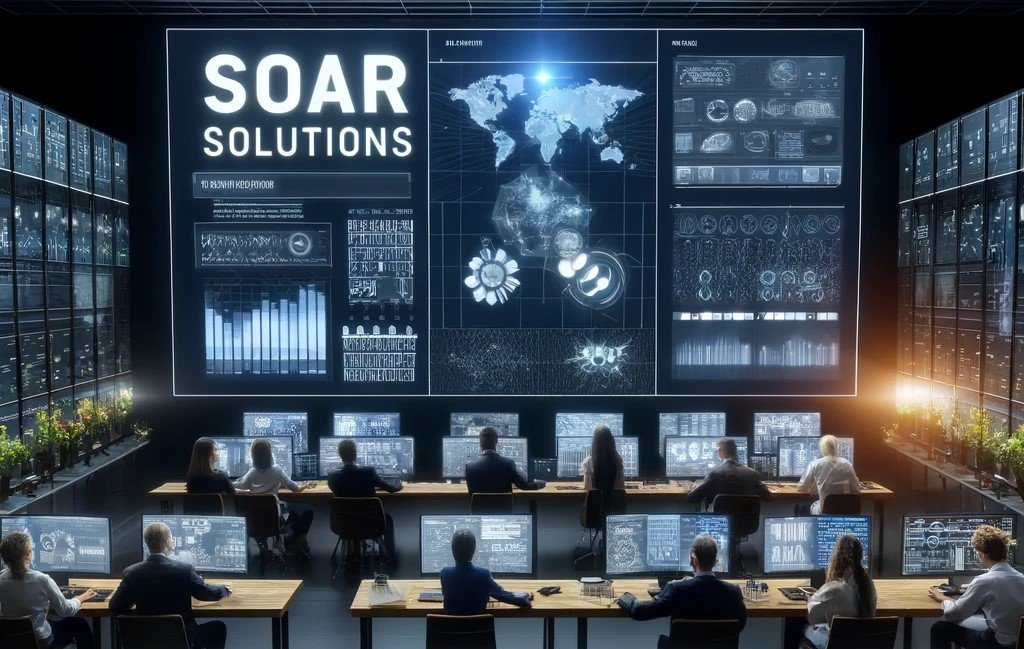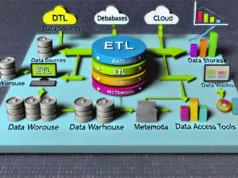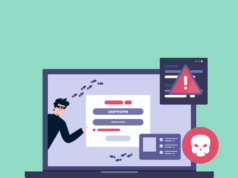In today’s digital age, cybersecurity is a critical concern for organizations of all sizes. As cyber threats become more sophisticated and frequent, traditional security measures often fall short. This is where SOAR (Security Orchestration, Automation, and Response) solutions come into play. SOAR platforms help organizations manage and respond to security incidents more effectively by integrating various tools, automating routine tasks, and enhancing overall response capabilities. This article explores the basic concepts of SOAR and how it maximizes cybersecurity from detection to response.
Understanding SOAR
SOAR is an acronym that stands for Security Orchestration, Automation, and Response. It represents a category of security solutions designed to help organizations improve their security posture by streamlining and automating various aspects of cybersecurity operations.
- Security Orchestration refers to the integration of disparate security tools and systems to work together seamlessly. This involves the coordination of data and workflows across different security technologies to ensure a unified response to threats.
- Automation involves using software to perform tasks that would otherwise require human intervention. In the context of SOAR, this means automating repetitive and time-consuming tasks such as data collection, alert triage, and initial incident response actions.
- Response is about taking appropriate actions to mitigate and remediate security incidents. SOAR solutions provide tools and playbooks that guide security teams through the response process, ensuring consistent and effective handling of incidents.
The Components of SOAR
A typical SOAR solution consists of several key components that work together to enhance an organization’s security operations:
1. Security Incident and Event Management (SIEM): SIEM systems collect and analyze data from various sources to detect potential security threats. SOAR platforms often integrate with SIEM systems to leverage this data for better threat detection and analysis.
2.Threat Intelligence: This component involves gathering and analyzing information about potential threats from various sources, including open-source intelligence, commercial threat feeds, and internal data. SOAR platforms use this intelligence to contextualize incidents and improve response strategies.
3.Case Management: SOAR solutions provide tools for managing security incidents as cases, enabling security teams to track and document the lifecycle of an incident from detection to resolution.
4.Workflow Automation: This involves creating automated workflows for common security tasks and incident response procedures. These workflows help reduce the manual workload on security teams and ensure consistent execution of response actions.
5.Reporting and Analytics: SOAR platforms offer reporting and analytics capabilities to provide insights into security operations and incident response effectiveness. This helps organizations identify areas for improvement and demonstrate the value of their security investments.
The Role of SOAR in Cybersecurity
SOAR solutions play a crucial role in enhancing an organization’s cybersecurity capabilities by addressing several key challenges:
- Reducing Response Times: One of the primary benefits of SOAR is its ability to significantly reduce the time it takes to detect and respond to security incidents. By automating routine tasks and orchestrating workflows, SOAR platforms enable security teams to react faster and more efficiently to threats.
- Improving Accuracy and Consistency: Human error is a common issue in manual security processes. SOAR solutions help mitigate this risk by providing standardized workflows and automated actions, ensuring that incidents are handled consistently and accurately.
- Enhancing Visibility and Situational Awareness: By integrating with various security tools and data sources, SOAR platforms provide a comprehensive view of an organization’s security posture. This enhanced visibility helps security teams understand the context of incidents and make more informed decisions.
- Optimizing Resource Utilization: Security teams are often overwhelmed by the volume of alerts and incidents they need to manage. SOAR solutions help alleviate this burden by automating low-level tasks and enabling security analysts to focus on more complex and high-priority issues.
How SOAR Works: From Detection to Response
To understand how SOAR solutions maximize cybersecurity, it’s helpful to look at the process from detection to response in detail.
1. Detection
The process begins with the detection of a potential security incident. This can come from various sources, such as SIEM systems, intrusion detection systems (IDS), endpoint detection and response (EDR) tools, and more. SOAR platforms integrate with these tools to collect and analyze data, identifying potential threats.
2. Analysis and Enrichment
Once a potential threat is detected, the SOAR platform performs an initial analysis to determine the severity and context of the incident. This involves enriching the data with additional information from threat intelligence sources, historical data, and other relevant inputs. The goal is to provide a comprehensive view of the incident and prioritize it accordingly.
3. Incident Triage
Based on the analysis, the SOAR platform categorizes and prioritizes the incident. This triage process helps ensure that the most critical threats are addressed first. Automated workflows can be triggered at this stage to handle low-level tasks, such as gathering additional data or isolating affected systems.
4. Response
The response phase involves taking actions to mitigate and remediate the incident. SOAR platforms provide predefined playbooks and workflows that guide security teams through the response process. These playbooks can include steps such as blocking malicious IP addresses, quarantining compromised endpoints, or initiating forensic investigations.
Automation plays a key role in this phase, enabling rapid execution of response actions and reducing the time it takes to contain and mitigate threats. For example, if a malware infection is detected, the SOAR platform can automatically isolate the affected endpoint from the network to prevent further spread.
5. Post-Incident Review
After the incident has been resolved, the SOAR platform facilitates a post-incident review. This involves analyzing the incident to understand what happened, how it was handled, and what improvements can be made. The insights gained from this review are used to refine and update the SOAR playbooks and workflows, continuously improving the organization’s response capabilities.
Benefits of Implementing SOAR
Organizations that implement SOAR solutions can expect to see several significant benefits:
- Enhanced Efficiency: By automating routine tasks and orchestrating complex workflows, SOAR platforms help security teams operate more efficiently. This allows them to manage a higher volume of incidents without a proportional increase in workload.
- Improved Incident Response: SOAR solutions enable faster and more effective incident response by providing tools and workflows that guide security teams through the process. Reshaping security operations with AI and SOAR further enhances these capabilities, allowing for more intelligent threat detection and streamlined responses. This leads to quicker containment and remediation of threats, minimizing potential damage.
- Reduced Costs: Automating manual tasks and optimizing resource utilization can lead to cost savings for organizations. SOAR platforms help reduce the need for additional personnel and lower the overall cost of managing security incidents.
- Better Compliance: Many industries are subject to strict regulatory requirements regarding data security and incident response. SOAR solutions help organizations meet these requirements by providing consistent and documented response processes.
- Continuous Improvement: The insights gained from post-incident reviews and analytics help organizations continuously improve their security operations. This proactive approach ensures that security measures are always evolving to address new and emerging threats.
Conclusion
In an era where cyber threats are constantly evolving, organizations must adopt advanced solutions to stay ahead of attackers. SOAR platforms provide a comprehensive approach to cybersecurity by integrating, automating, and orchestrating various aspects of security operations. From detection to response, SOAR solutions enhance efficiency, improve incident response, and enable continuous improvement, making them an essential tool for modern cybersecurity strategies.


















